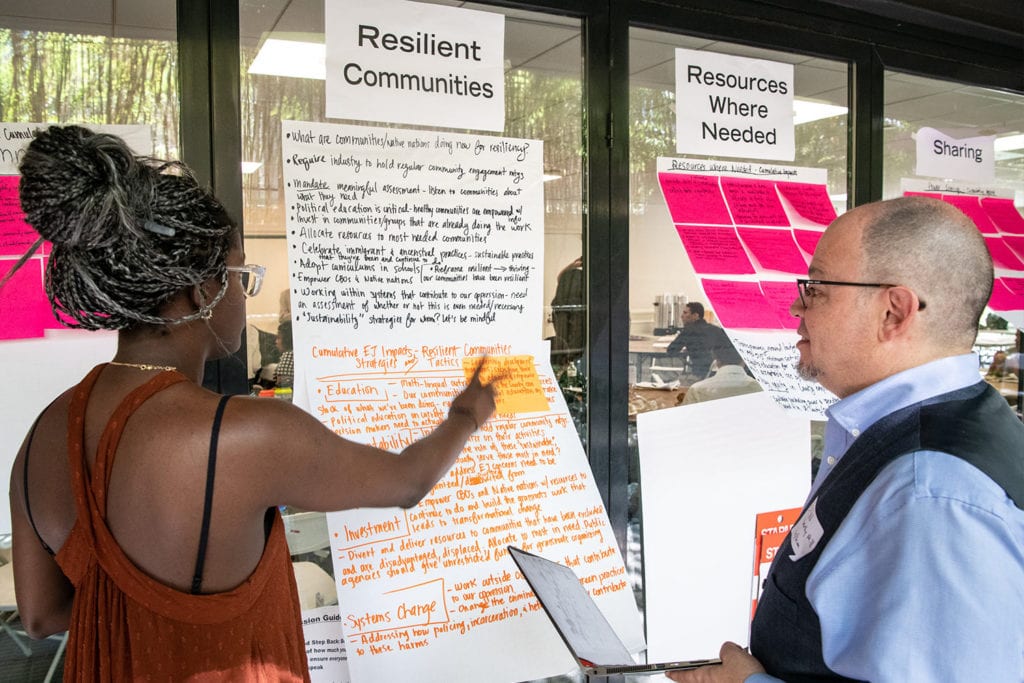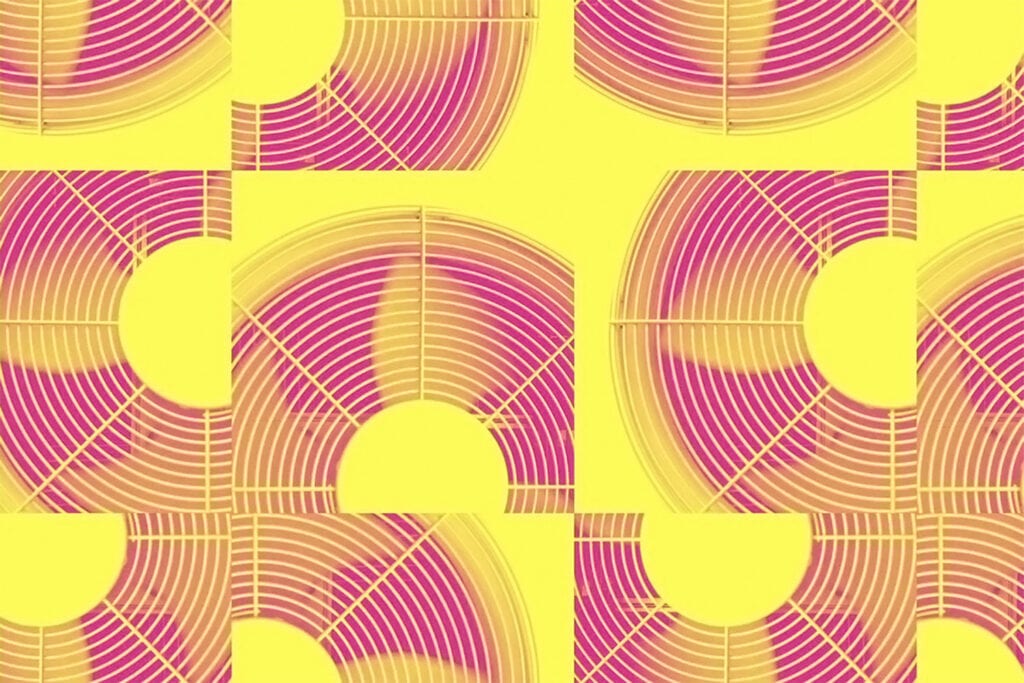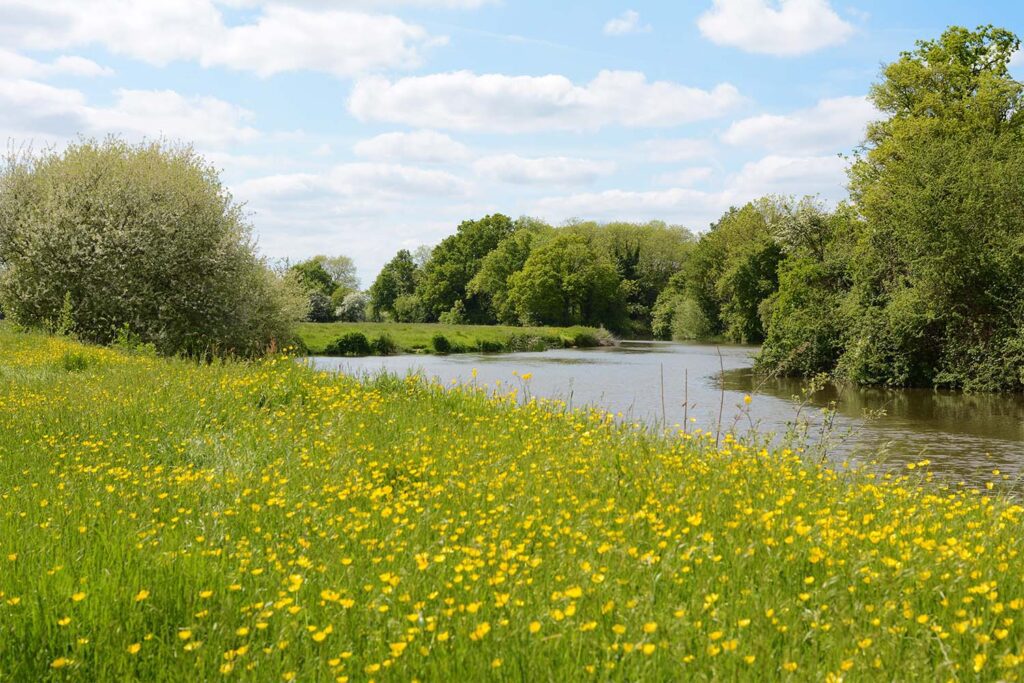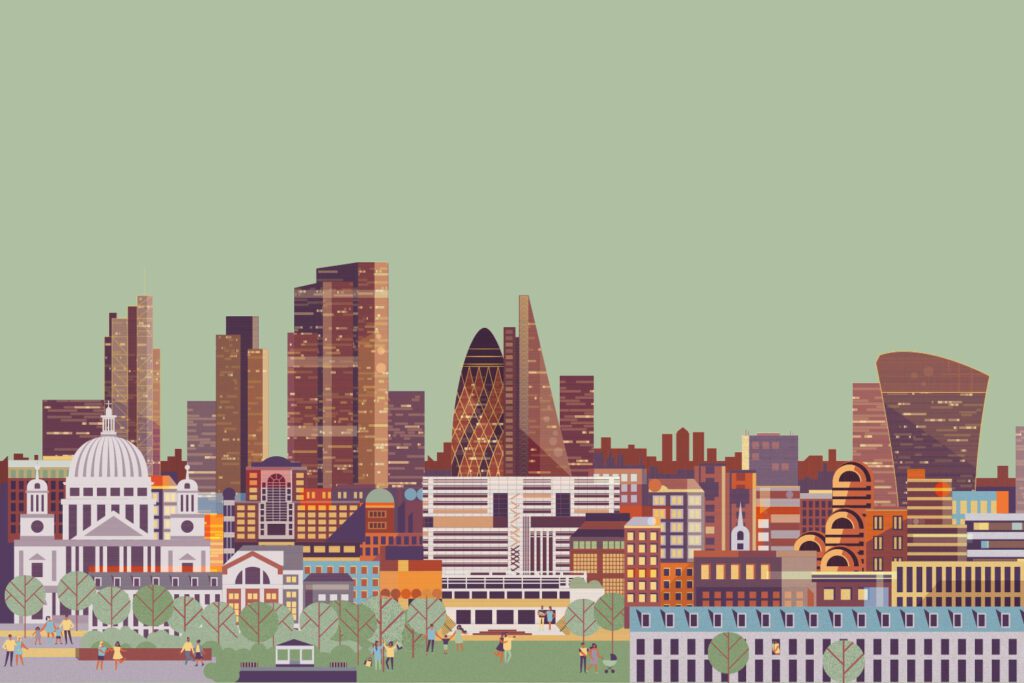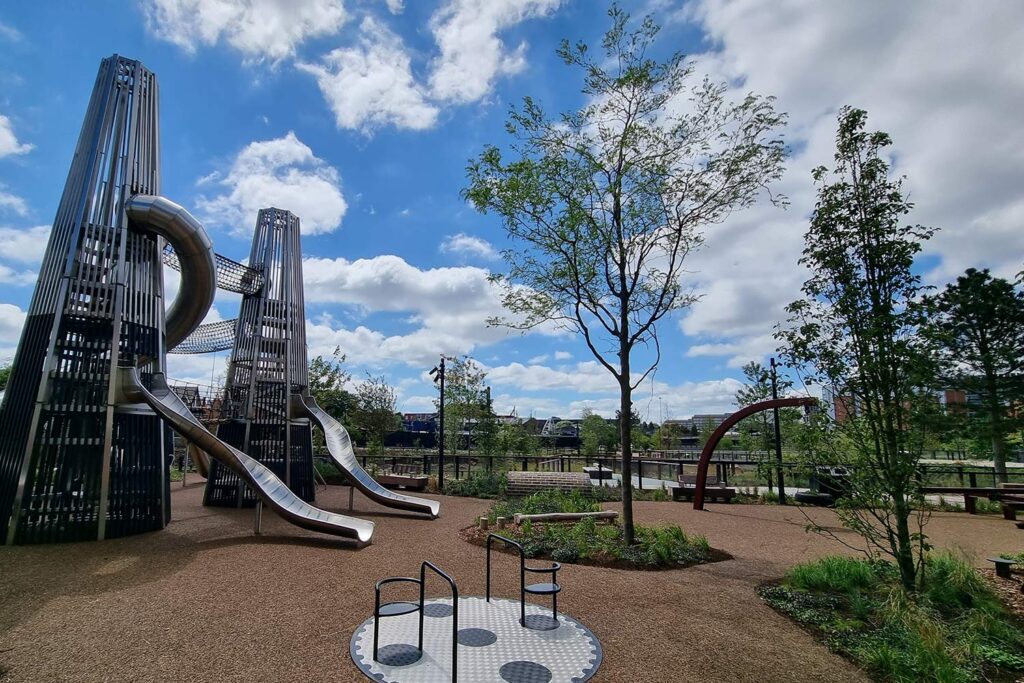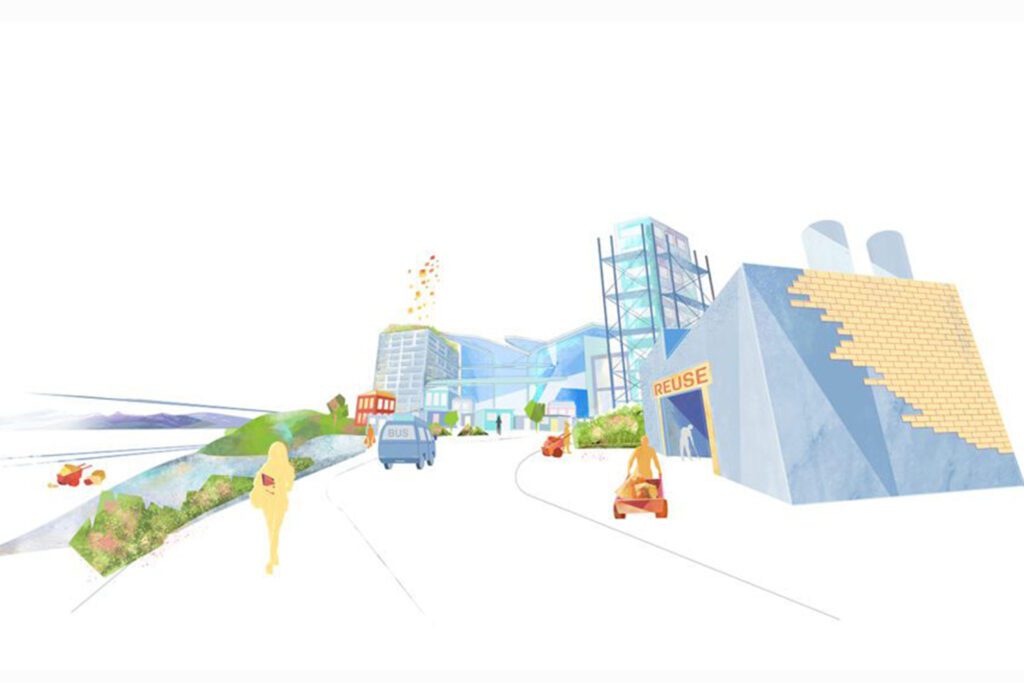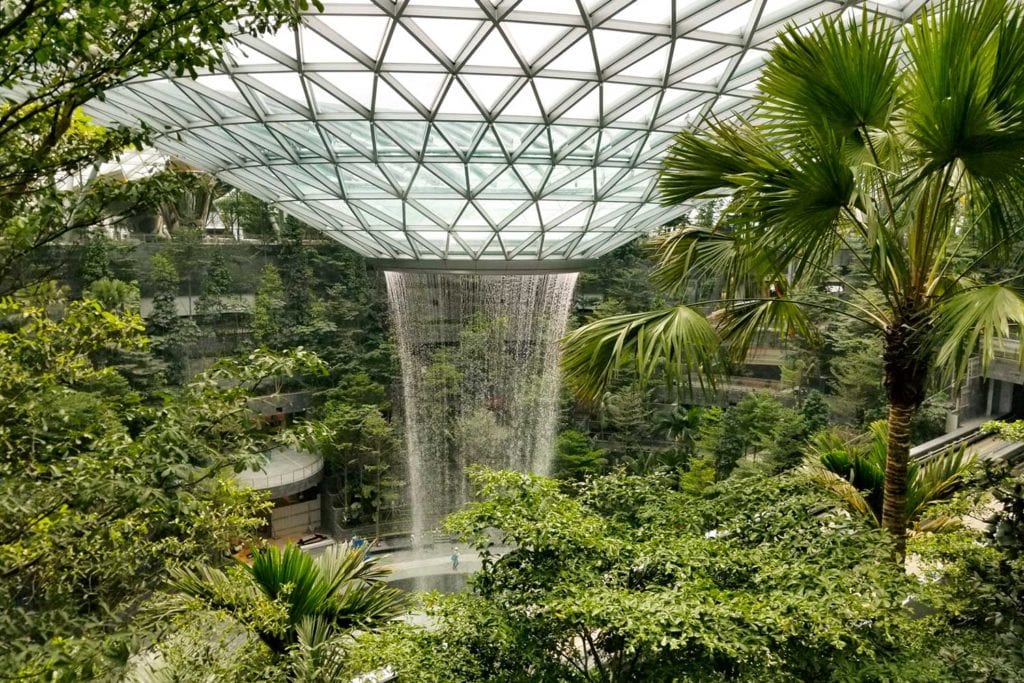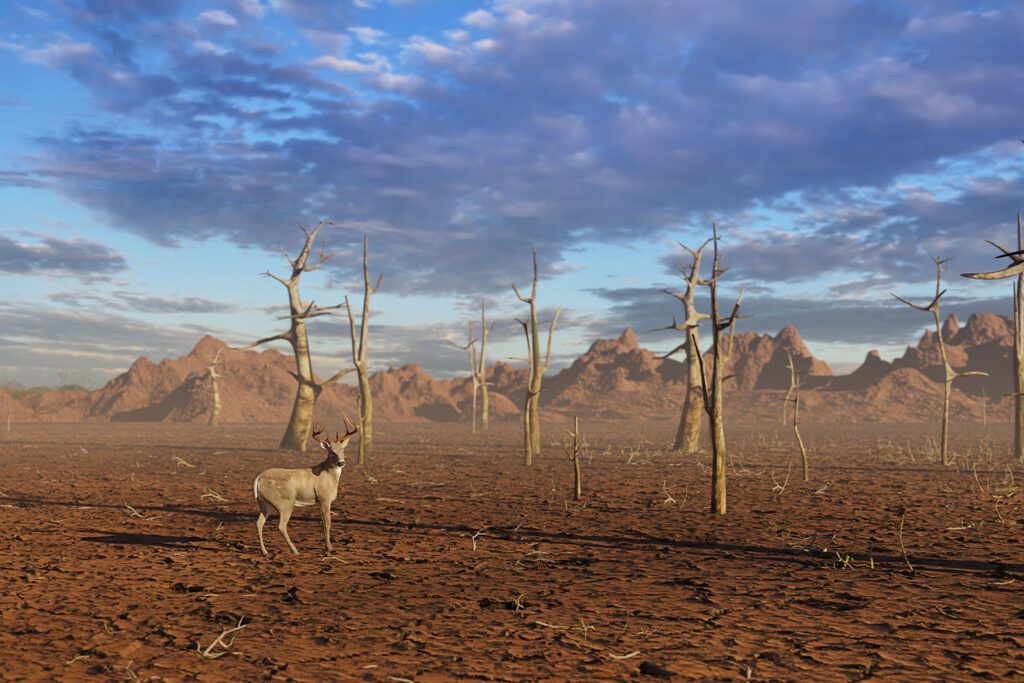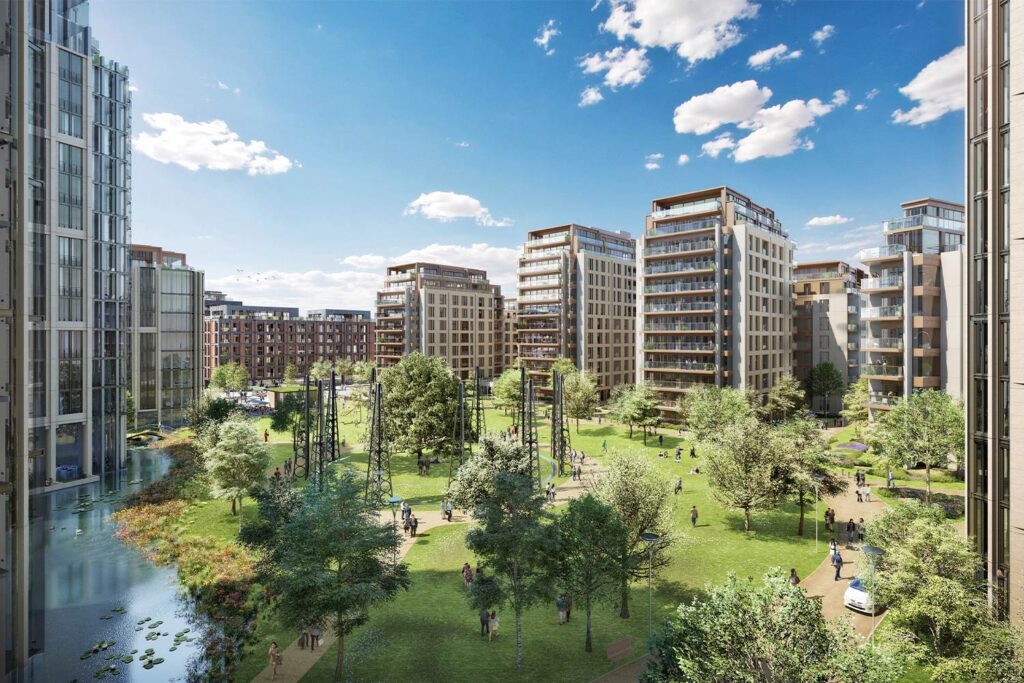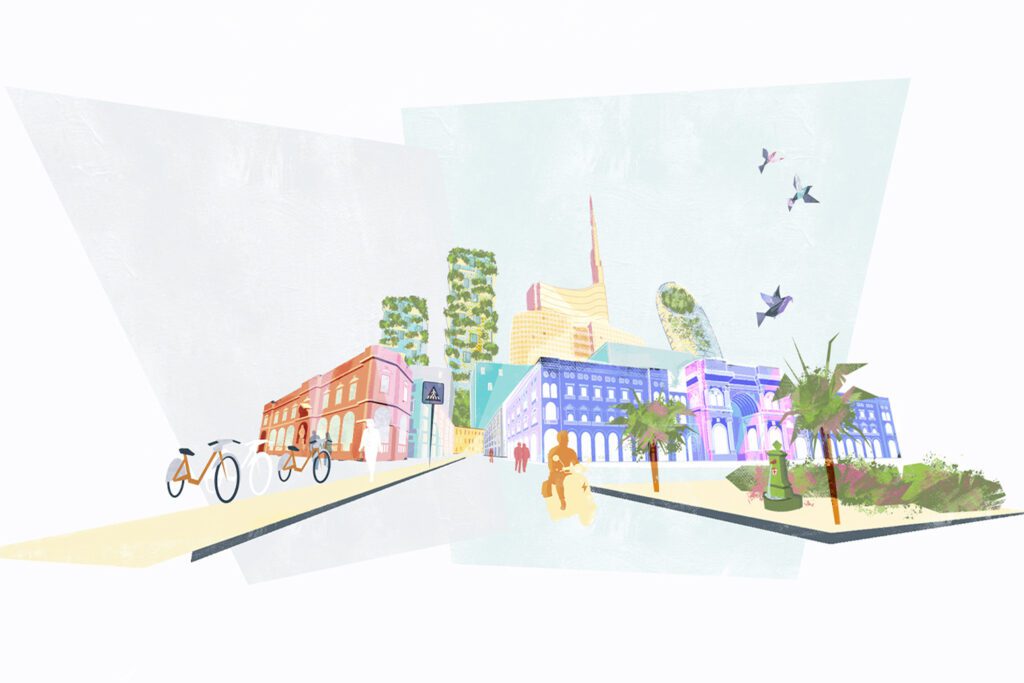Climate crisis, heatwaves and the built environment
Heatwaves and extreme heat events such as fires are increasingly in the headlines. Across Europe in the summer of 2023, communities and tourists suffered through record breaking temperatures. In the United States, heat alerts are increasingly common, affecting millions of people. These events – compounded by the El Nino effect – are becoming more frequent and more severe due to the impacts of climate change.
Such extreme heat is not just uncomfortable, it is dangerous to people and infrastructure alike. Heat related deaths are increasing globally. Fires across Southern Europe cause destruction to infrastructure and endanger lives. Flash floods, caused by warmer air resulting in more intense rainfall, cause deaths and socioeconomic impacts, rendering road, rail and other forms of infrastructure unusable. Deadly flooding in parts of Belgium, Germany and surrounding countries in July 2021 caused deaths and extreme damage, while rail stations in China have repeatedly suffered from flooding events in recent years.
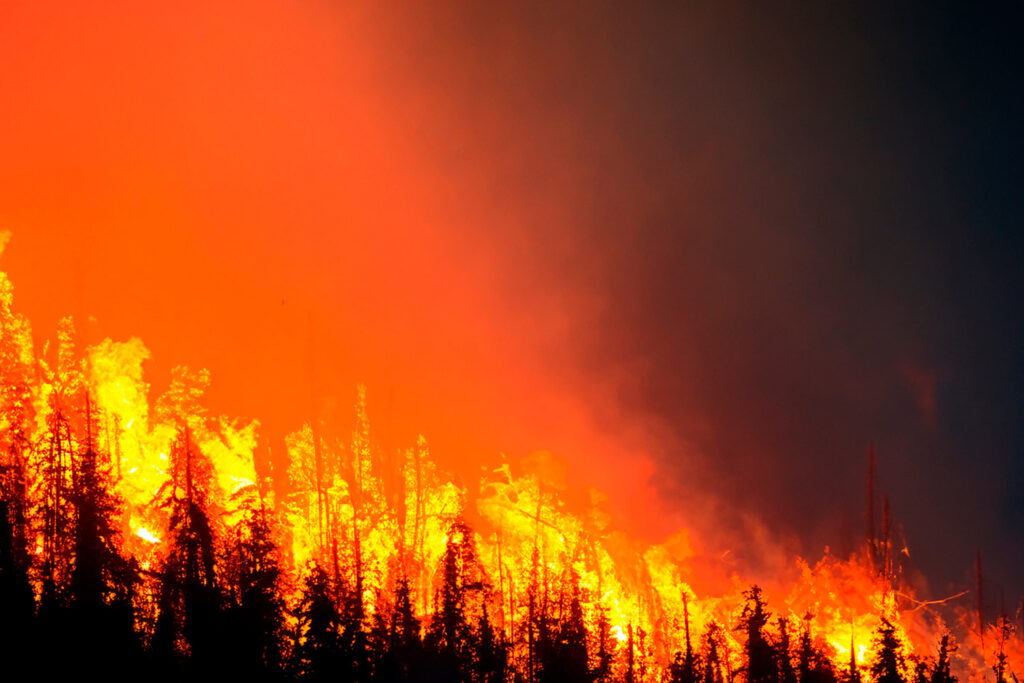
The built environment has a critical role to play, because it affects so much of our lives. The buildings we live in, the cultural and artistic venues we visit, the cities we work in, the energy systems we use and the services we rely on… the built environment touches them all, and they all have an impact on the planet. The way these spaces and systems are designed, delivered and used needs to – and can – have a positive effect on the environment, rather than one that exacerbates the problem.
For Buro Happold, protecting and enhancing our environment for future generations is at the forefront of our work.
Climate adaptation and resilience in the built environment
The evidence for changes to the climate is clear. The impacts of it are increasingly visible and damaging. As we learn to live with a hotter, wetter, dryer and more challenging world, it is of critical importance that infrastructure and systems are put in place to allow us to live with these changes. We must learn to withstand the shocks and impacts they cause.
Climate adaptation is the change required within processes, systems and infrastructure to live with the climate crisis. Resilience is the capacity to anticipate, withstand and cope with the shocks and impacts caused by the climate crisis to our social and economic systems.
Buro Happold develops and delivers strategic, actionable strategies and implementation programmes for our clients that mitigate risk, build adaptive capacity and increase resilience while delivering wider benefits.

In 2020, Buro Happold was commissioned to undertake a study to identify the main climate-related risks for the City of London Corporation’s assets, highlighting the potential impacts if no actions were taken and the environmental thresholds at which these impacts would affect the businesses, residents and visitors to the City. The team designed and assessed adaptive pathways, presenting crucial actions for the short term, as well as rolling resilience measures for future years.
This is long-term work, but long-term, systemic changes are what is needed. There is no easy fix to how we live through the climate emergency but work in adaptation and resilience to a changing climate is critical in how we collectively cope.
What role can the Buro Happold net zero routemap play?
Globally, initiatives and programmes are in place to create systems that operate within a net zero framework. ‘Net zero’ refers to a balance between the carbon emitted into the atmosphere, and the carbon removed from it. Achieving net zero operation is a fundamental requirement if targets created by the Paris Agreement are to be met.
A reduction of emissions through net zero work is critical in meeting the Paris Agreement aim of keeping warming to only 1.5°C more than pre-industrial levels. This target is ambitious and challenging, but necessary. We need only look at the increase in frequency and intensity of heatwaves over the last decade to see why this is important. To limit global warming to 1.5°C, greenhouse gas emissions must peak before 2025 at the latest and decline 43% by 2030.

Buro Happold recognise net zero as a way to reduce the impact of the built environment on the climate and to propose solutions to the problems the climate crisis is causing. Our own routemap to net zero is a central part of how we operate and how we will achieve challenging targets.
By 2030 our goal is to design all new build projects to be net zero carbon in operation and to reduce the embodied carbon intensity of all new buildings, major retrofits and infrastructure projects by 50% from a 2020 baseline. With the launch of our net zero routemap, Buro Happold will operate within a structure that actively focuses on how we can meet the necessary requirements of net zero – and how we can support our clients in doing the same.
With innovative design, material choices and clear action to amend working practices, we can make a measurable difference. Because the built environment has such an influence on the planet, our work can have an influence in ultimately reducing the likelihood and frequency of the extreme weather events that can be so damaging and dangerous to human life, nature, eco-systems, property and infrastructure.
Building design
Efforts undertaken at a systemic level are critical to achieving a future in which the world can both cope better with extreme events and prevent the number of them increasing further. But what of the rising heat levels we are experiencing with more intensity right now? How can our buildings work more efficiently for us in a way that doesn’t exacerbate the problem?
There are no easy answers, but how buildings work falls under our sphere of influence. When it comes to building design, energy efficiency and operational management of existing building stock are central considerations for Buro Happold engineers. Smart building design that minimises energy demand is always at the forefront of our minds.
Passive design, using a building’s architecture to minimise energy consumption and maximise operational efficiency, can be considered. This is opposite to active design, which uses mechanical systems like air conditioning and mechanical ventilation.
Passive design aims to eliminate active mechanical systems (and the associated fossil fuel-based energy consumption) and achieve optimum thermal comfort via natural or renewable energy technologies. For example, our work on The House at Cornell Tech in New York saw design of systems that reduce energy use and carbon emissions based in a Passive House focused approach.
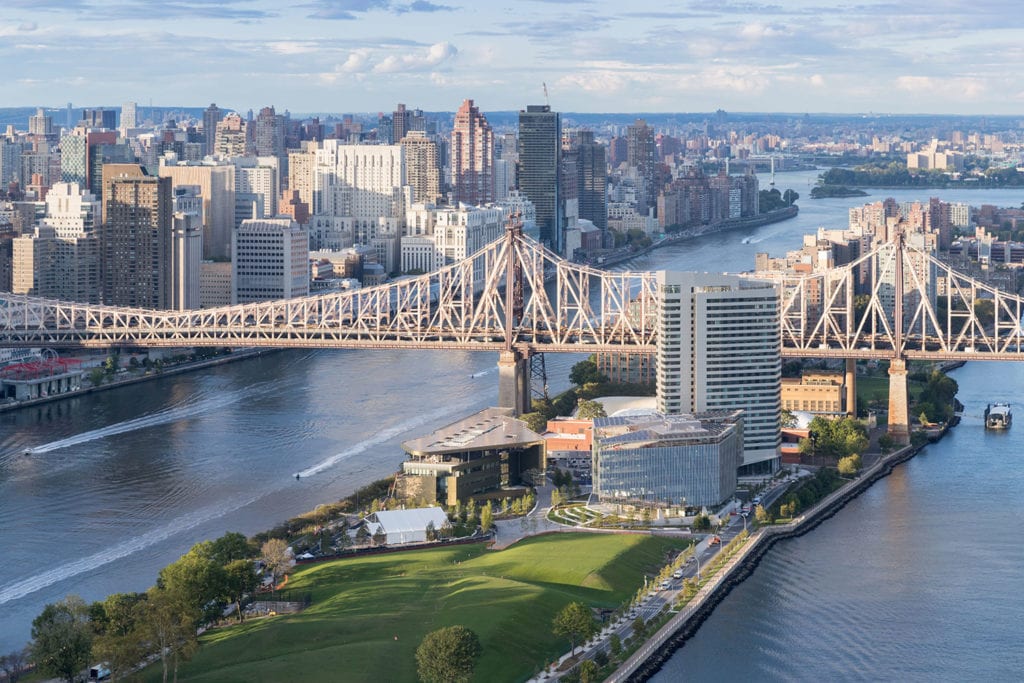
For warm, arid climates, solar building design can utilise the facade, windows and floors to collect, store and reflect heat, which is then distributed during cooler periods. Facades should be considered differently depending on if they face north, east, south or west. We can introduce overhangs for shade, prioritise external shutters and position windows and organise layouts to allow cross-flow ventilation.
Depending on context and project type, other interventions include planting trees and other plants to provide shade. Different types of cooling can be used; passive evaporative cooling can be deployed through things like water features. These are passive methods, which can be considered before active cooling (such more traditional air conditioning/HVAC systems) that can ultimately make the problem of a rapidly heating world worse.
To learn more about how building design can provide energy efficiency and temperature control, listen to our podcast “How to stay cool and save the planet”.
